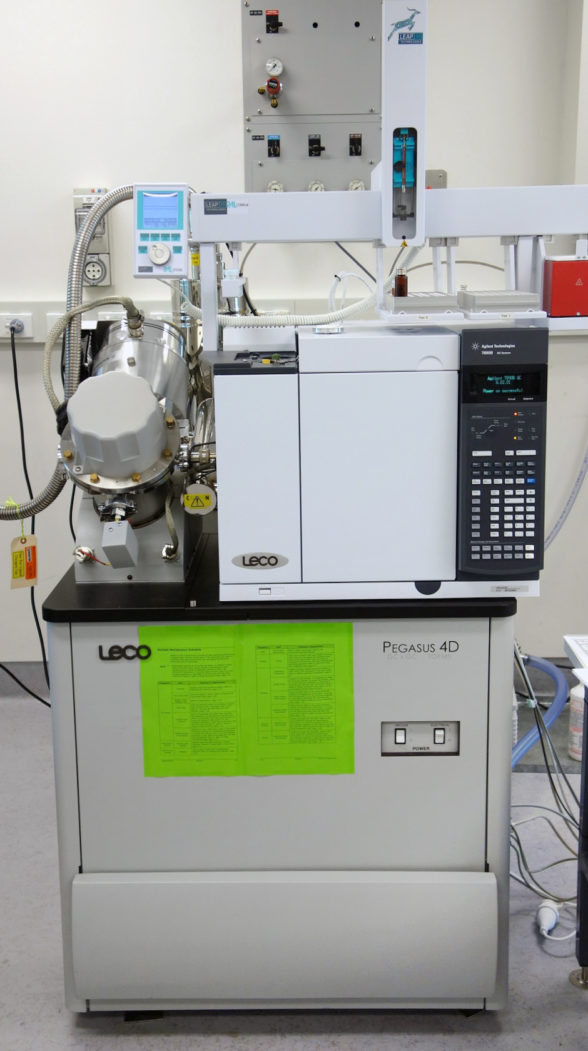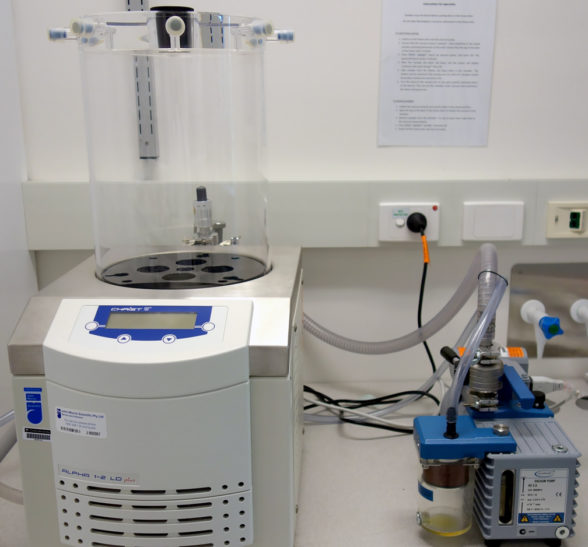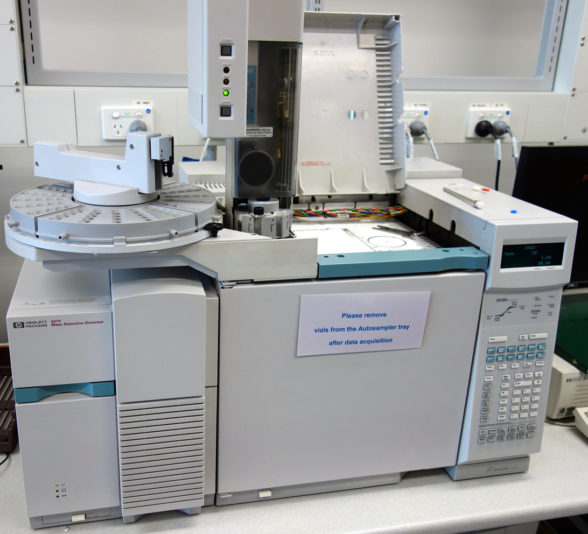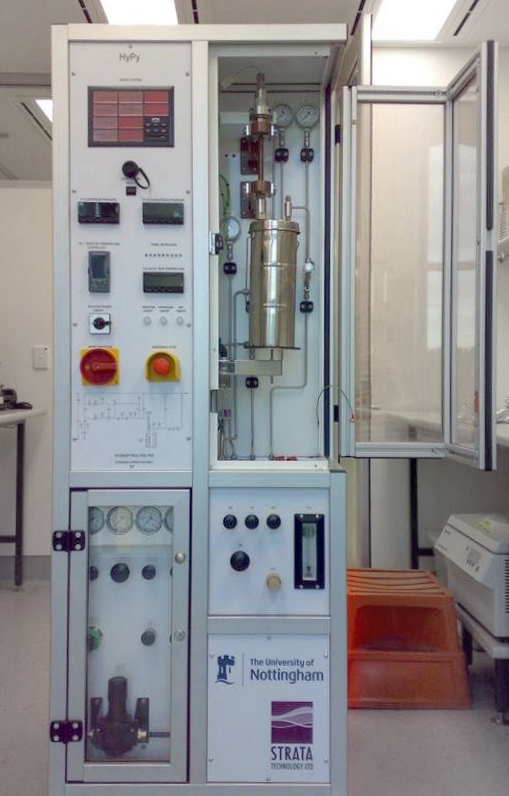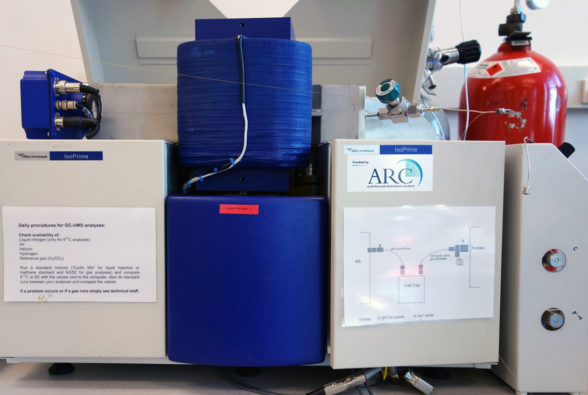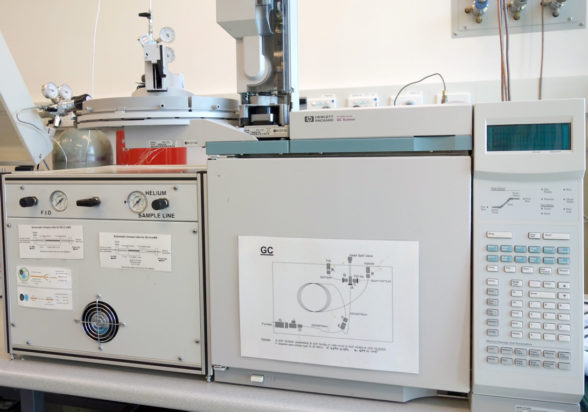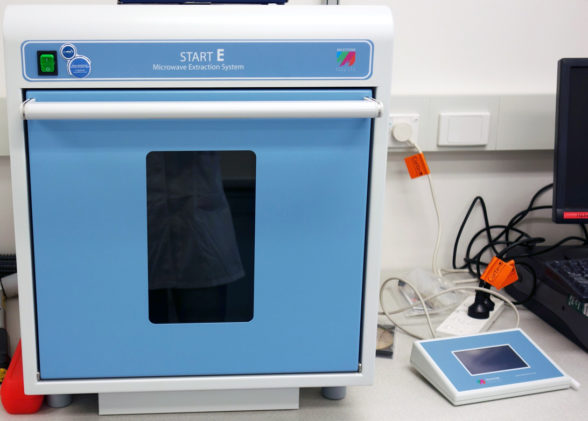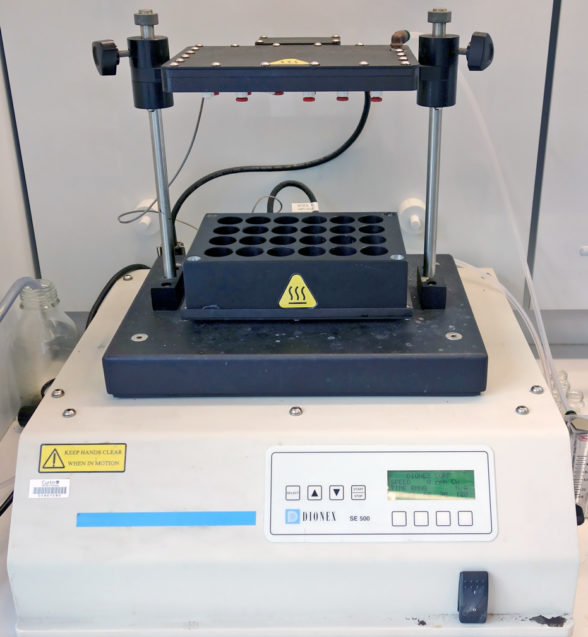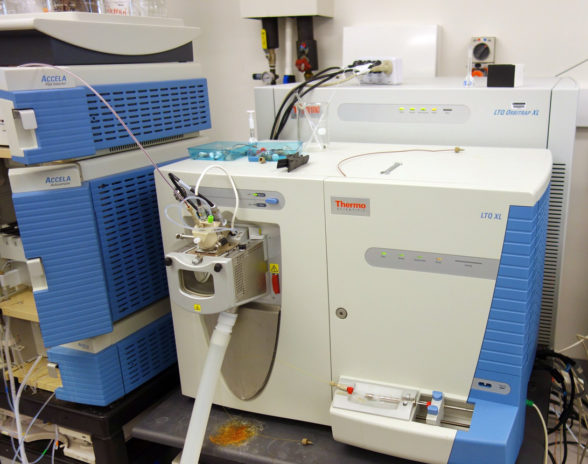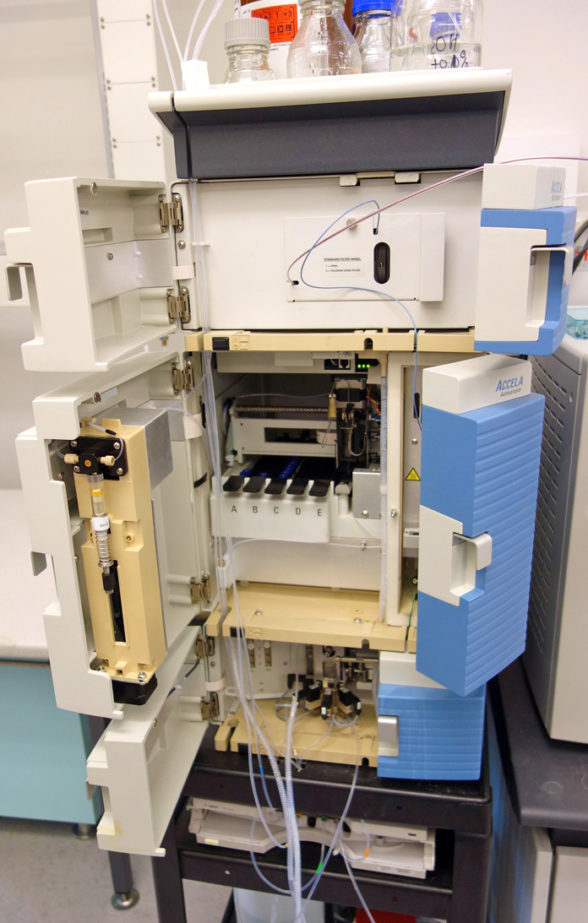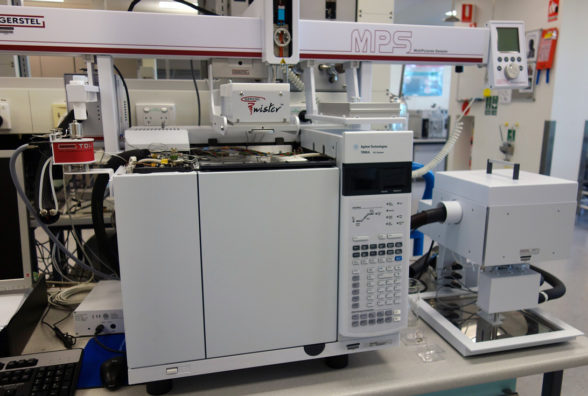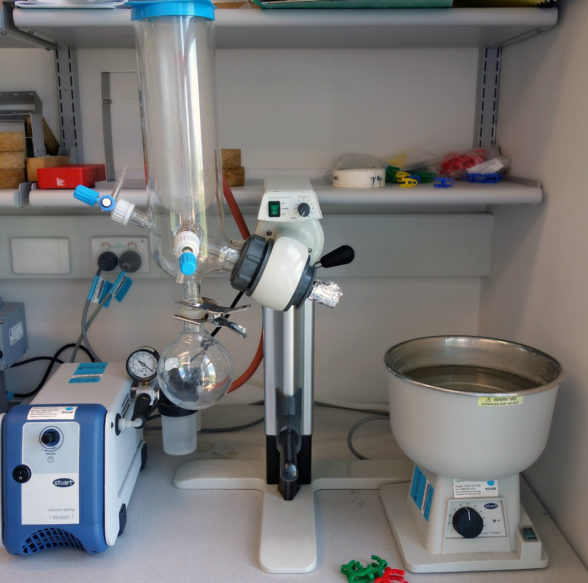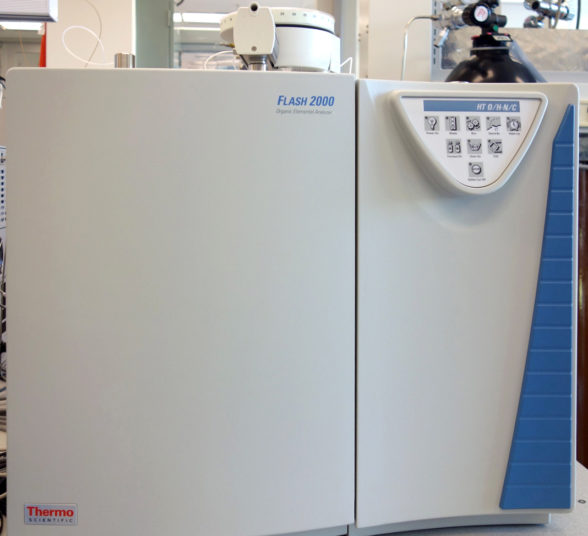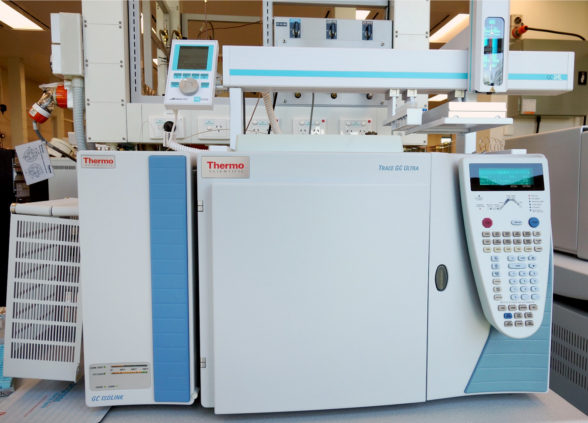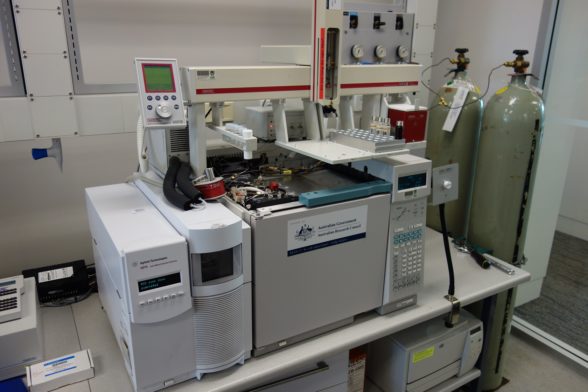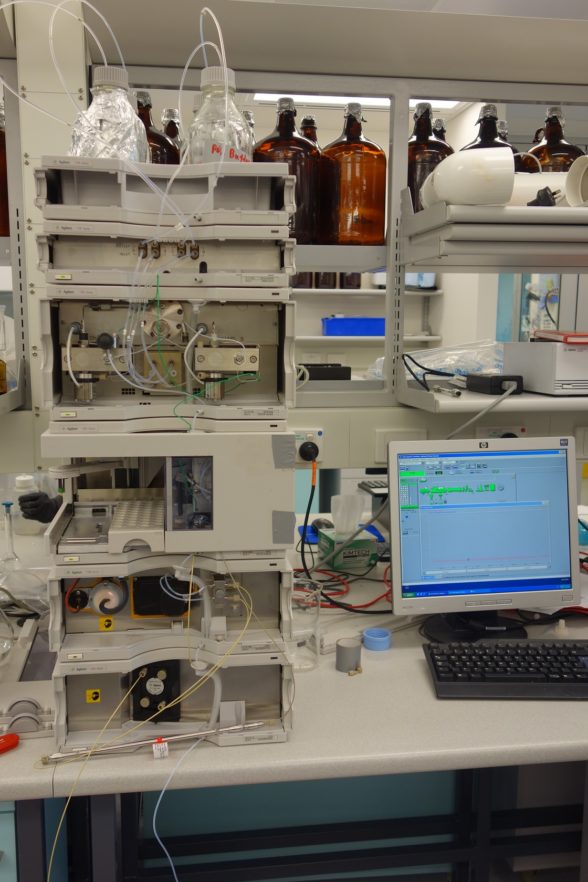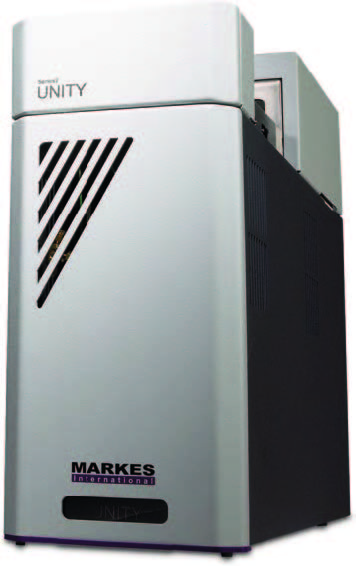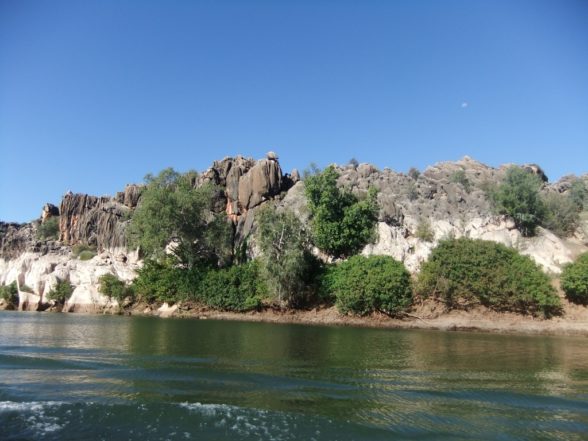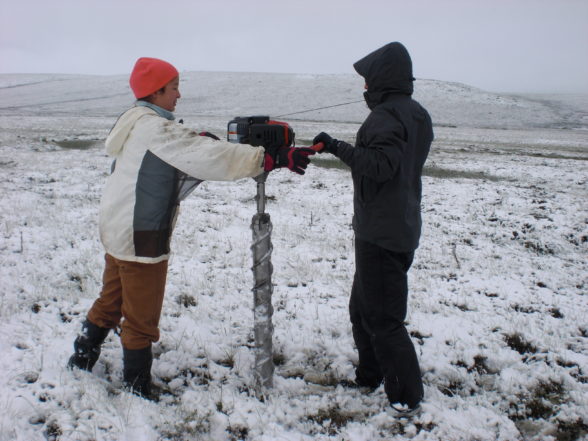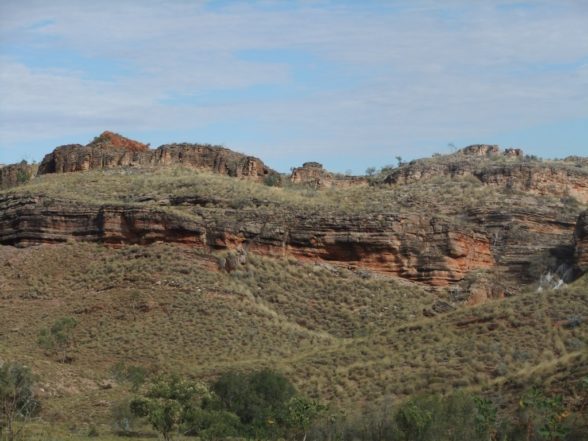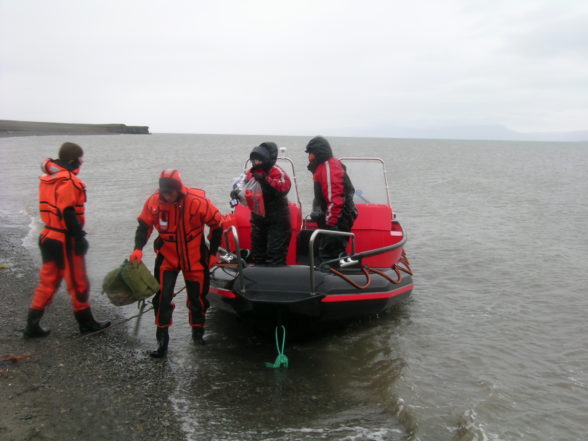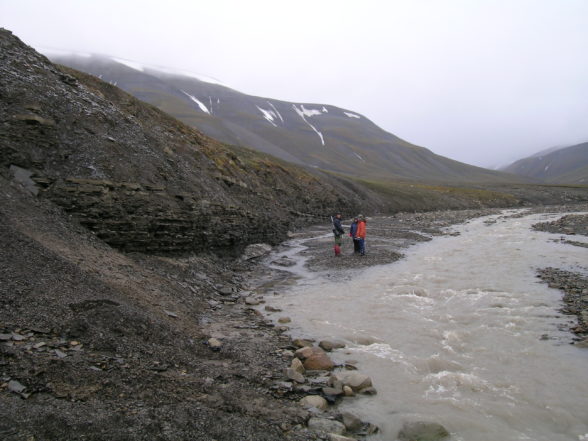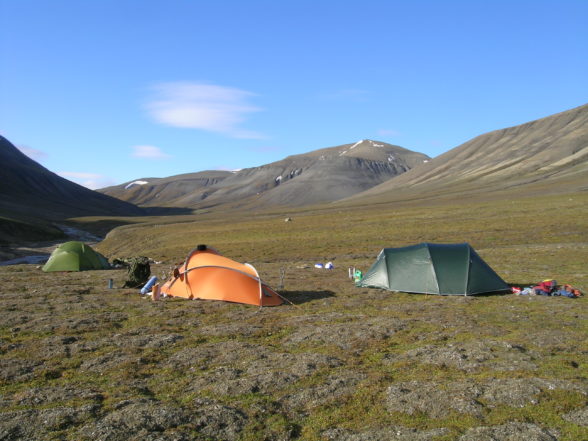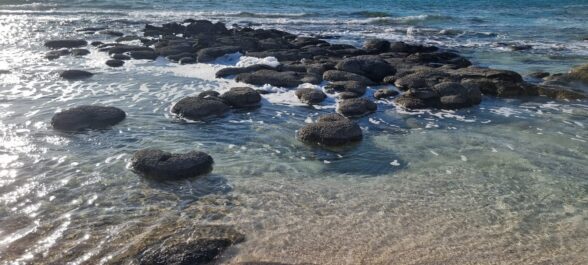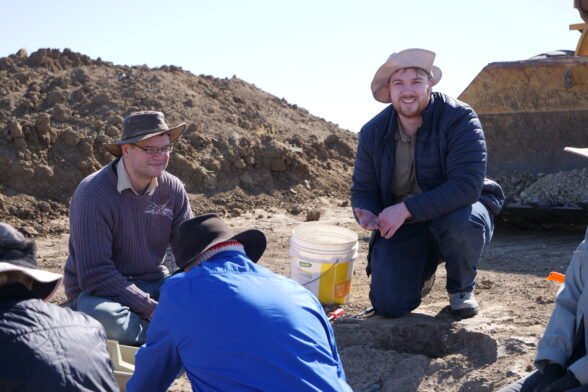WA Organic and Isotope Geochemistry Centre
The WA Organic and Isotope Geochemistry (WA-OIG) Centre is an internationally-recognised group contributing to world-class research in the fields of organic and stable isotope geochemistry; energy and mineral resources, palaeontology, extant and ancient environmental geonomics, and paleogeomicrobiology.
Founded in 2007 by ARC Laureate Fellow and Australian Academy of Science Fellow, Professor Kliti Grice, the centre conducts reasearch in both modern and ancient environments to deepen our understanding of climatic trends, the evolution, extinction and recovery of life, and biochemical pathways. Presently, the centre’s primary focus is to understand the parameters and processes that enable exceptional fossil preservation, using organic and inorganic geochemical and microbiological approaches.
Other research focuses include: Rock art damage mitigation, resource exploration, paleoenvironmental studies (including the five largest mass extinction events and their biotic recoveries), organic geochemical proxies of modern lakes, estuaries and oceans, and paleoclimatic and biosphere change through Deep Time.
Visit the WA-OIGC website: https://wa-oigc.curtin.edu.au/
Visit the WA-OIGC LinkedIn: https://www.linkedin.com/company/wa-oigc/
Visit the WA-OIGC X (formerly Twitter): https://x.com/waoigc
Applications
We research the application of biomarkers (organic geochemistry), compound-specific isotope analysis, palaeogenomics and geomicrobiology to a variety of priority areas. These include:
- Establishing new biochemical pathways in extant organisms
- Understanding palaeoenvironmental and molecular pathways to exceptional fossilisation
- Determining the mechanisms underpinning global anoxic events and mass extinctions
- Studying climate trends, both past and present
- Studying microbial communities and activities in modern and ancient environments, including the deep biosphere
- Participating in the International Ocean Discovery Program (IODP), International Continential Scientific Drilling Program (ICDP) and petroleum source rock characterisation projects
- Developing novel tools used in organic geochemistry, isotope geochemistry, modern vs ancient environmental DNA, and paleomicrobiology
- Understanding issues concerning the environmental sustainability of water, sediments and soil
- Monitoring the ecology of modern lakes and coastal environments
- Environmental pollution studies eg oil spill forensics.
Techniques
Organic and Isotope Geochemistry labs:
- Hydropyrolysis (HyPy) for generating biomarkers from macromolecular organic matter
- Automative preparative GC system for isolation of compounds from complex mixtures
- Agilent Gas Chromatography – Mass Spectrometry (GC-MS) instruments for identification of organic compounds with complex mixtures, with a range of sample input techniques:
- Liquid injection
- Flash Pyrolysis
- Micro-scale sealed vessel pyrolysis (MSSV)
- Solid phase micro extraction (SPME)
- Gas chromatograph with flame ionisation detector (GC-FID) for highly accurate quantification of hydrocarbons
- Metastable reaction monitoring (GC-MRM) by Agilent Triple Quadrupole mass spectrometer, for highly selective targeted analysis of biomarkers
- Two-dimensional gas chromatography-time-of-flight mass spectrometry (GCxGC-TOFMS) for analysis of highly complex organic mixtures that cannot be fully reesolved by traditional one-dimensional GC analyses (LECO Pegasus 4D)
- Isotope radio mass spectrometry (irMS): Two Thermo Delta V Advantage instruments for bulk and compound-specific stable isotope analysis
- Compound specific isotope analysis (CSIA) with Thermo Trace GC Ultra and GC Isolink: measurement of δ¹³C, δD, δ15N of liquid and gas samples – these can be from complex mixtures of petroleum, organic extracts containing biomarkers/ biomolecules, microbialites e.g. stomatolites, lake extracts, extracts from sediments or cores, extracts from sponges / algae / microbes etc
- Bulk stable isotope analysis with Thermo Flash 2000 HT elemental analyser: measurement of δ¹³C, δD, δ15N of solid samples
- Access to δ34S- GC-ICPMS built in collaboration with WA-OIG and UWA for δ34S of organosulfur compounds in complex mixtures: Thermo Neptune multicollector ICP-MS coupled to Agilent GC via a custom-built transfer line
- GC-MSD volatiles (Gas Chromatography Mass Selective Detectors [Agilent] Application: GC-MSD with robotic specialised sample preparation systems (solid phase micro extraction – SPME stir bar sorptive extraction – SBSE, for analysis of volatile organic and semi-volitile species in various matrices
- Thermal Desorption Unit (Markes Unity2): analysis of VOCs in air samples by adsorbing these compounds onto a resin inside a thermal desorption (TD) tube. The tube is attached to a TD-unit to release the analyte. The unit ccan be linked to a GC-MS for identifiation and quantification of VOCs, or a GS-irMS for ¹³C/¹²C and D/H measurements
Microbiology Labs
- Development of selective culture media for recovery of environmental microorganisms
- Enumeration of environmental microorganisms by traditional cultivation methods and microscopy
- Biofilm imaging and microscopy facilities: optical/phase contrast, scanning electron microscopy (SEM)
- Advance biominerals characterization through the John de Laeter Centre: X-ray diffractin (XRD), SEM coupled with energy dispersive X-ray spectroscopy (SEM-EDS)
- Extraction, purification, and quantification of nucleic acids (DNA and RNA) from environmental samples (water, rock, seidments, soils, stalagmites, corals)
- Library preparation for amplicon sequencing (past and present diversity studies targeting all domains of life)
- Library preparation and Illumina sequencing of functional metagenomes to study the physiological potential of bacterial and archaeal communities in past and present environmental samples
- Library preparation and Ilumina sequencing of functional metatranscriptomes (to study gene expression and which microbial processes are actively occurring at the time of sampling
- Ectoenzyme activity experiments using fluorescently labelled substrates to study potential rates of microbial deompostion of complex organic matter
- Qantitative polymerase chain reaction (qPCR) for enumeration of bacteria and archaea
- Bioinformatics and statistical tools used in diversity studies, metagenomics and metatranscriptomics to study past and present ecosystem-environment interactions.
Facility Contacts
Facility Leader
Prof Kliti Grice
Phone: +61 8 9266 2474
Deputy Facility Leader
Dr Stephen Poropat
Phone: +61 422 299 771
Field Work Gallery
WA-OIG Highlighted Publications
For a list of publications by the WA-OIGC, visit our website at https://wa-oigc.curtin.edu.au/research/publications/

